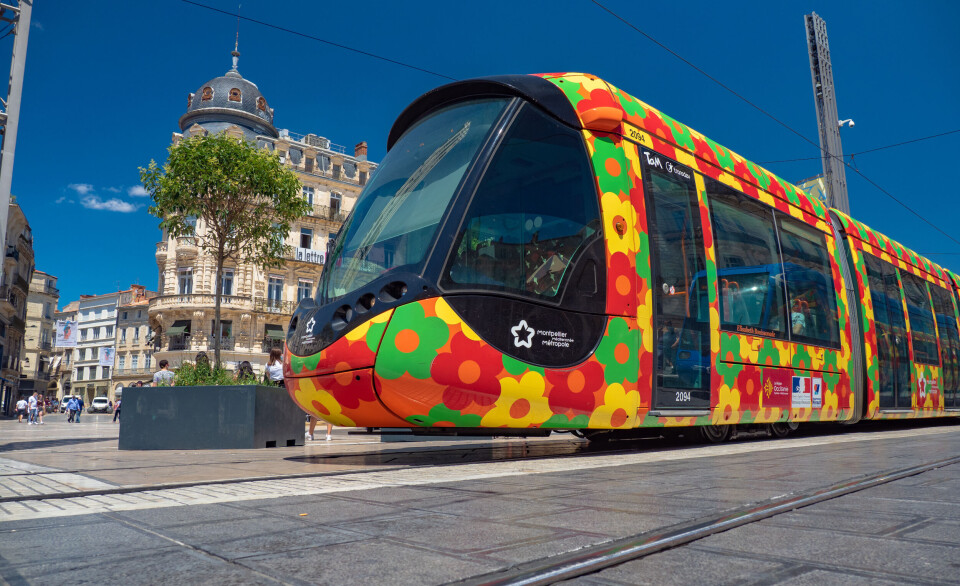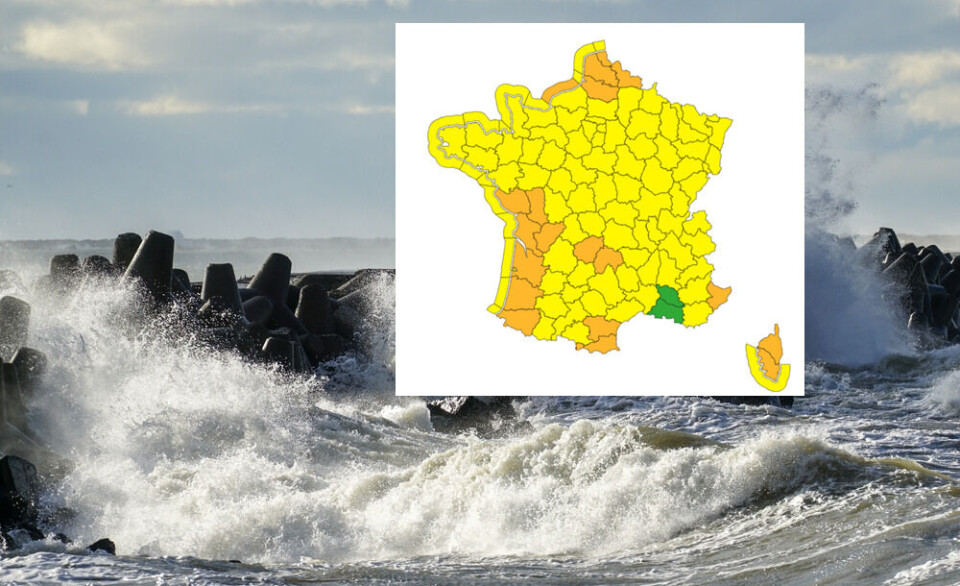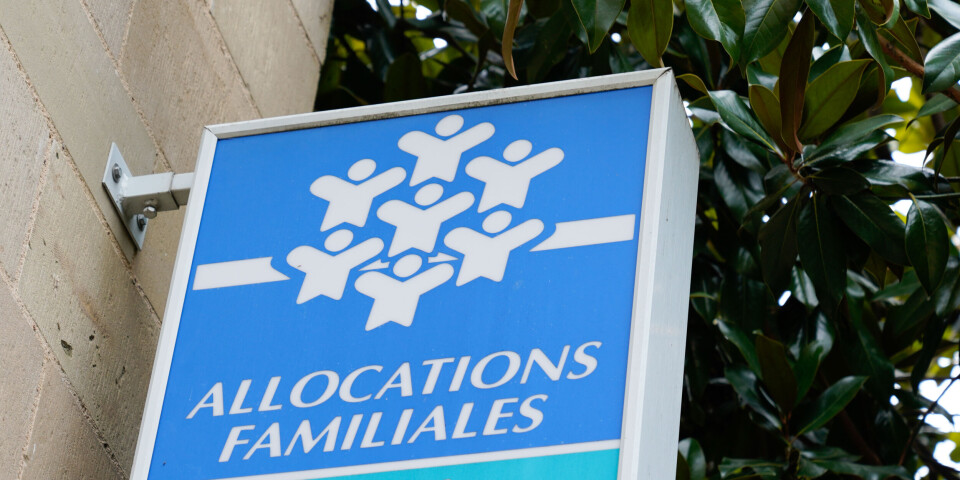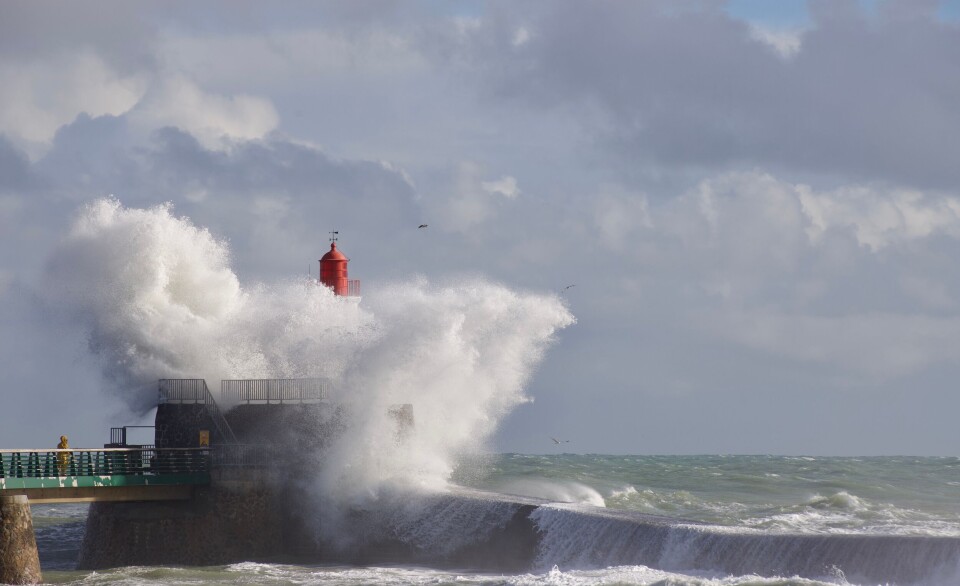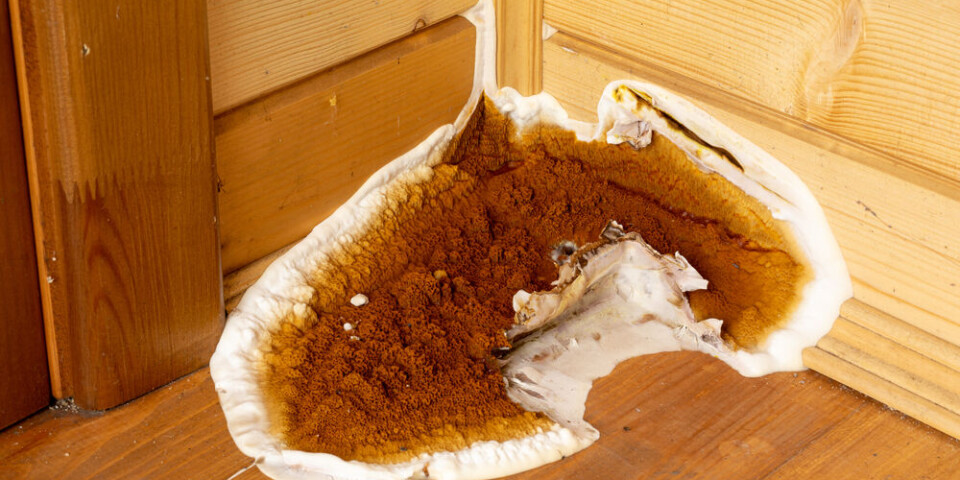-
Air France expands US schedule with direct Paris-Las Vegas route
Airline now offers 19 US destinations
-
2025 small business VAT reform definitively cancelled after Senate vote
New 2026 proposals remain on table but likely to be struck out as MP debates get underway
-
Small drop in percentage of French visa applications being declined
Roughly one in every six visa requests refused in 2024
Biogas: French town converts fallen leaves into energy
The leaves gathered in autumn help make biogas that can power up to 3,600 homes in the local area

A town in northern France has started using fallen autumn leaves as energy with a ‘methanisation’ factory that turns tonnes of dead leaves and other organic waste into electricity.
Amiens, in Somme, Hauts-de-France, has sent hundreds of tonnes of fallen leaves to a new factory to create biogas, to create fuel that powers homes in the region. Usually, fallen leaves are typically gathered by council workers and then used to make compost.
However, Isabelle Saveriego, vice-president of the Amiens Métropole urban community, and manager of environment and biodiversity, told the HuffPost: “We are trying to use all waste. There are so many dead leaves, and we said to ourselves: ‘It’s kind of silly not to use them’.”
The town already sends tens of thousands of tonnes of organic waste to the factory, and has now started to add the leaves too.
Ms Saveriego said: “We have to pick them up and do something with them [anyway]. And we’re making electricity, because it’s difficult to buy it from abroad at the moment.”
In 2021, 500 tonnes of dead leaves arrived at the factory. Half, which did not need to be cleaned, went towards composting. The other half was treated in the household waste management section, so it could be cleaned and sorted before being transformed into fuel.
Gontran Delamaere, director of the factory, said: “We pick up glass, a lot of plastic, cups, and tin cans. Everything is separated and recycled.
“We then inject the organic matter from the leaves into digesters; vats which have bacteria in them. They then degrade over three weeks to create biogas, which is made of 66% methane. This biogas, after purification, is used in cogeneration engines to produce both electricity and heat internally at the plant.”
The electricity is then fed into the national grid ERDF network.
This year, leaf fall season is a little late due to the dry spring and summer, Ms Saveriego said. However, the leaves still make up only a very small amount of the organic matter that the plant uses each year (250 tonnes out of 70,000-75,000).
The total electricity produced by the methanisation plant from all the organic waste powers the equivalent of 3,600 homes.
Mr Delamaere said: “The more biogas and energy we produce at the plant, the less it costs the community in terms of treatment costs.”
Ms Savariego was also positive about the amount of energy that the plant can produce. She said: “In a few years’ time, we may have buses that run entirely on biogas.”
Related articles
Green energy: A saving for the planet and the pocket
Used nappies to produce energy
France plans renewable energy boost as inflation threatens projects









